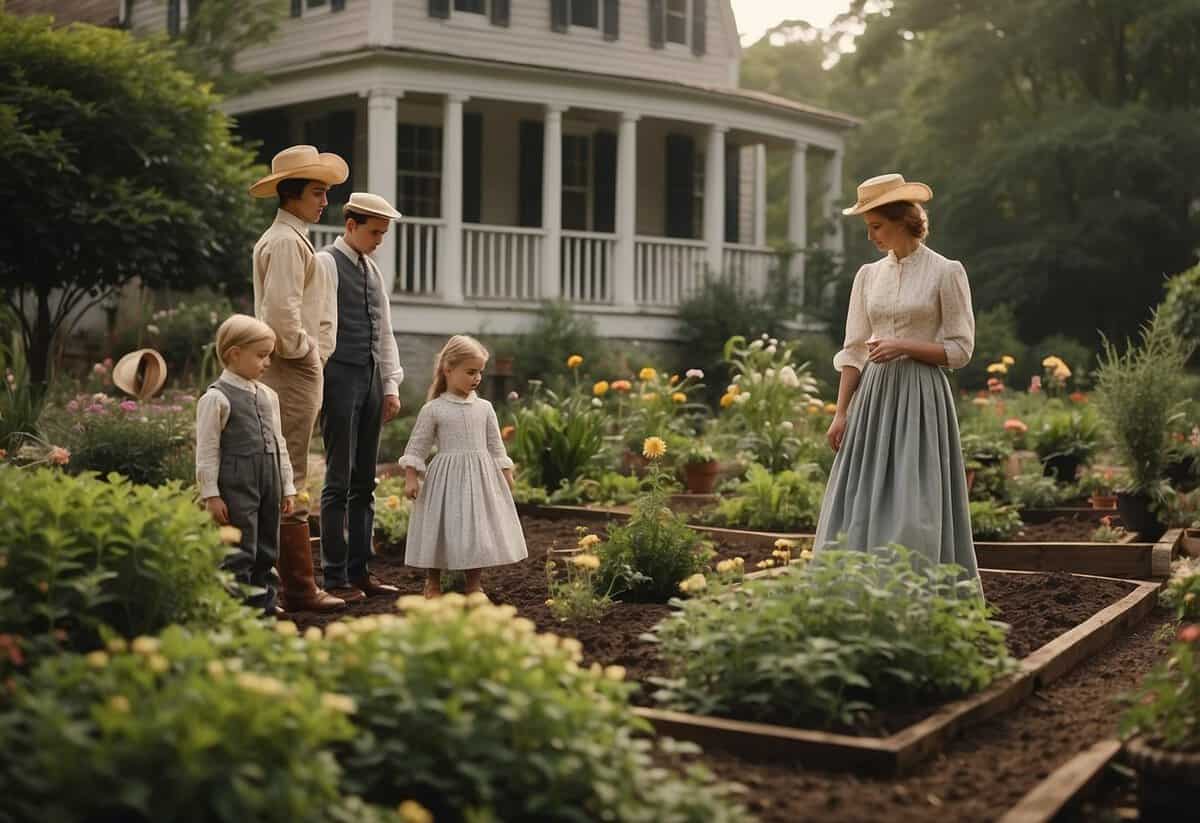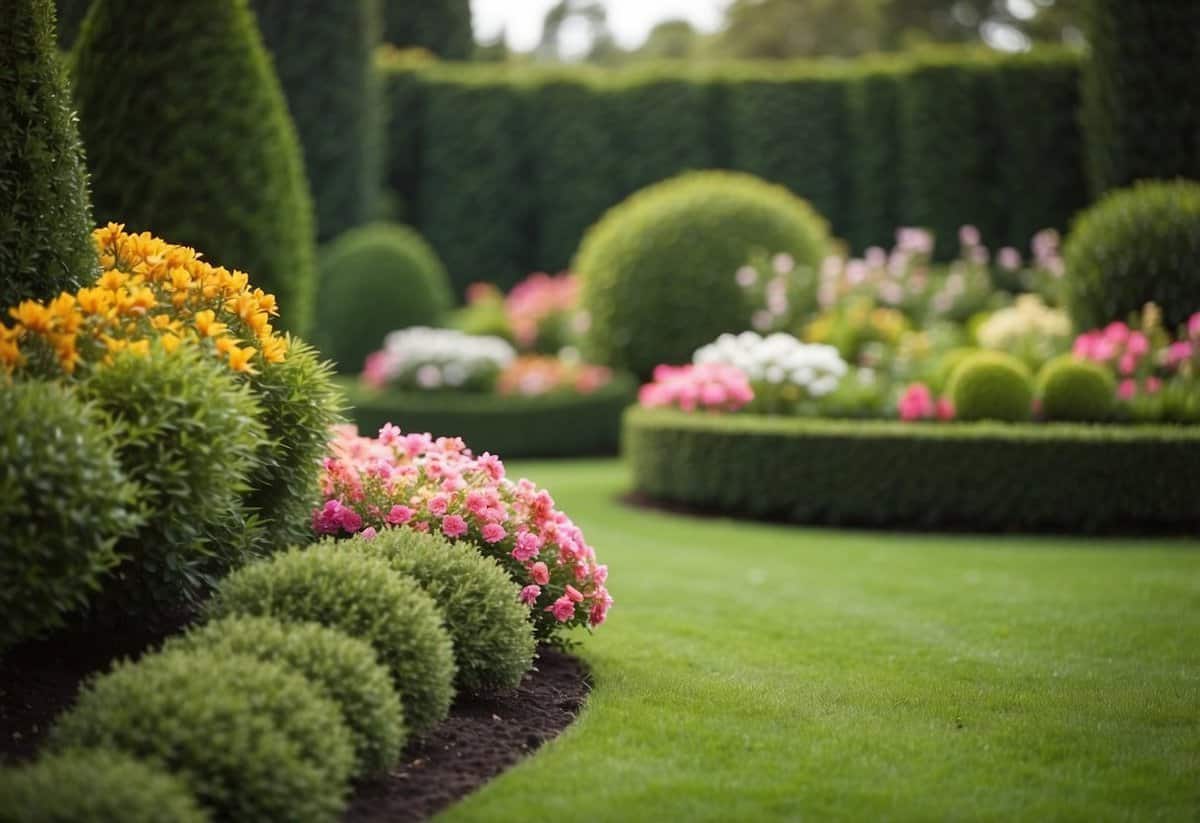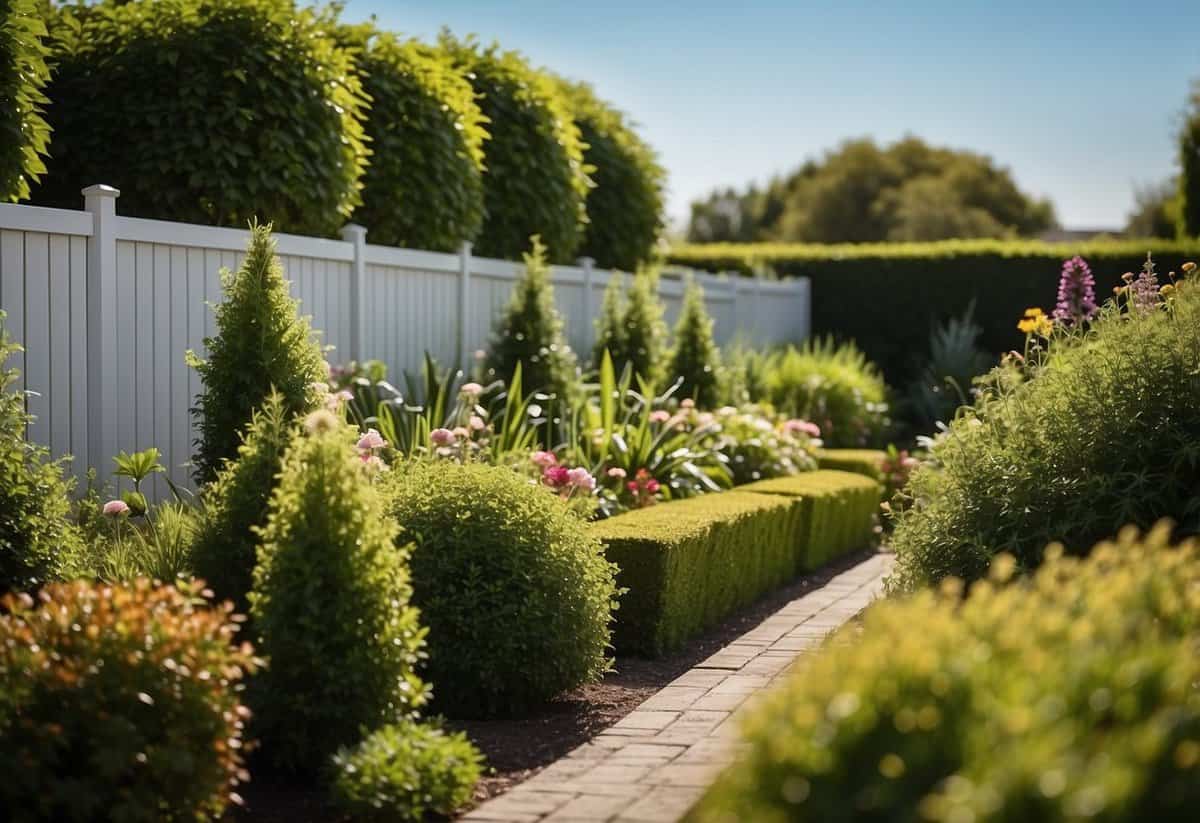Why Do Americans Call a Garden a Yard? Exploring Cultural Differences
Have you ever wondered why Americans call a garden a yard? It can be puzzling, especially if you’re used to referring to your green space as a garden. The term “yard” comes from an old English word meaning an enclosed area, and over time, it evolved in the U.S. to describe the outdoor space surrounding a house.

In the U.S., a yard usually refers to any open area around your home, whether it’s filled with flowers, grass, or even a vegetable plot. This term captures the broad nature of these spaces, which can include lawns, patios, and gardens. The use of “yard” emphasizes the area as part of the overall property, rather than just a place to grow plants.
Cultural differences also play a big role. In many parts of America, having a well-maintained yard is a point of pride. It’s often a reflection of the homeowner’s care for their property. So next time you’re enjoying your “yard,” remember that the term captures the versatility and importance of these spaces in American life.
Historical Roots of the American ‘Yard’

The term ‘yard’ in American English has deep historical roots influenced by Old English and Old Norse languages, and its development in North America.
Old English and Old Norse Influences
The word ‘yard’ comes from the Old English geard, which meant an enclosure or a fenced area. This term has similarities with the Old Norse garðr, which also referred to an enclosed space.
These old languages influenced one another, and terms like gards in Gothic and garda in Old Frisian show the widespread use of similar words in Germanic languages. You might be surprised to learn that these words all referred to areas enclosed for protection or cultivation.
In this context, a yard was not just empty space but a valued part of daily life. It was where animals were kept, crops were grown, and various household activities took place. This historical function laid the groundwork for what Americans now simply call a ‘yard.’
Development in North America
When Europeans began settling in North America, they brought with them their traditions and language. The concept of a yard, specifically as a home space for practical uses, fit well with the settlers’ needs.
North America’s vast lands allowed for larger spaces around homes, turning the yard into an integral part of American life. Over time, the yard evolved from a purely practical space to a symbol of the American Dream, where families could relax, play, and enjoy their own private outdoors.
By the mid-20th century, the yard became synonymous with suburban life in America. The rise of suburbs encouraged well-maintained lawns and gardens, marking a shift from purely functional to aesthetic aspects. This cultural evolution continued to shape what Americans now proudly call their ‘yard.’
Cultural Significance and Usage

In American culture, yards play important roles in both signaling social status and providing spaces for various activities. This reflects a deeper connection to outdoor spaces that is different from the British sense of a garden.
Yard as a Status Symbol
In America, a well-kept yard often symbolizes social status. Homeowners take pride in maintaining lush, green lawns, which can signal wealth and attention to property care. This cultural trend stems from historical and social influences.
Beautiful yards indicate a homeowner’s dedication and financial ability to invest in landscaping and maintenance. Neighbors may admire manicured lawns, often viewing them as a sign of prestige.
Popular magazines and advertisements frequently showcase ideal yards, reinforcing this social trend. This portrayal emphasizes uniform, green expanses that contrast with the more practical British sense of a garden, which might include vegetable patches or flower beds.
Recreational and Functional Spaces
Yards in America also serve as spaces for recreation and daily activities. Families use their yards for barbecues, parties, and outdoor games, turning these areas into social hubs. The National Wildlife Federation notes how lawns traditionally provide a venue for such activities.
Whether it’s a small backyard or a large front yard, these spaces become extensions of the home where kids play sports and adults relax after work. This use contrasts with the more plant-centered British gardens, which focus on horticulture rather than active use.
Americans might install playgrounds, garden swings, or even swimming pools to enhance their yards, making them multifunctional and essential to their lifestyle. This versatility highlights the practical and social importance yards hold in American life.
Gardening Practices and Types of Yards

In American yards, gardening practices can include growing vegetables and flowers, maintaining lawns, and creating specialized spaces. These practices make yards versatile and functional.
Vegetable Gardens and Flower Beds
A vegetable garden is a great way to grow your fresh produce. In these gardens, you can plant tomatoes, carrots, and lettuce. Having a vegetable garden in your yard ensures that you have a fresh supply of healthy foods.
On the other hand, flower beds add color and beauty to your home. By planting a variety of flowers like roses, tulips, and daisies, you can create a stunning visual appeal. You might also enjoy tending to an herb garden, which provides both beauty and fresh herbs for your kitchen.
Landscaping and Lawn Care
Landscaping involves designing and arranging the parts of your yard to look attractive and functional. You can add colorful flower beds, decorative rocks, and pathways. Lawn care is another essential aspect, which includes mowing, watering, and fertilizing your lawn to keep it green and lush.
A well-maintained lawn is perfect for play and relaxation. It also serves as a soft space for children and pets to enjoy. A beautiful yard increases the aesthetic value of your property and provides a pleasant space for outdoor activities.
Specialized Gardens and Spaces
Creating specialized spaces like a patio or a courtyard can enhance your yard. Patios are perfect for outdoor dining and entertaining guests. You can set up a barbecue area, tables, and chairs.
Courtyards offer a more enclosed and private outdoor space. They can be adorned with potted plants, water features, and comfortable seating. These spaces provide a serene environment for relaxing and enjoying the outdoors.
Specialized gardens, such as rock gardens or water gardens, can add a unique touch. They require specific plants and layouts but are worth the effort for their unique beauty. These spaces can also include small structures like pergolas, creating luxurious areas in your yard.
Differences in Terminology

When talking about outdoor spaces, Americans and Brits often use different terms. This can sometimes lead to confusion when people from these regions communicate.
British vs. American English
In British English, the word “garden” refers to an area where you grow plants, flowers, or vegetables. It can also include lawns and other outdoor spaces around a home. The Oxford English Dictionary confirms this definition. Brits might say they’re spending time in their garden, whether they’re tending to plants or just relaxing.
In American English, the term “yard” is more common. It usually means the outdoor area around a house, which can include grassy areas, flowerbeds, and trees. According to the Merriam-Webster dictionary, a yard is generally an open space adjacent to a house. Americans use “garden” to specifically refer to areas where plants, vegetables, or flowers are grown. For example, you wouldn’t play catch in an American garden because it’s usually for cultivating plants.
Learn more about the differences in terminology.
Influence of Climate and Environment

Climate and environment play crucial roles in how Americans develop and maintain their yards. The unique weather patterns and environmental conditions of each region impact gardening choices, tree cultivation, and how plants cope with different levels of rain and temperature.
Adapting Gardens to Local Climates
When planning your garden, understanding your local climate is key. For example, in areas with dry climates, you might opt for drought-tolerant plants like cacti or succulents. In wetter regions, you can choose plants that thrive with more rain.
Selecting the right trees can also be influenced by the environment. Some trees are better suited for cold winters while others flourish in tropical climates. By picking the right trees, you can ensure they not only survive but also contribute positively to your garden.
Rain patterns significantly affect plant choices. Areas with frequent rain require good drainage solutions to prevent waterlogging. Conversely, if you live where rainfall is scarce, installing an efficient irrigation system can help maintain plant health.
Pro tip: Always research which plants and trees thrive best in your area’s specific climate to create a flourishing and sustainable garden.







